Houses: Modern Australian Design Trends That Aren’t Fads
Australia’s residential architecture is evolving, with homeowners seeking timeless design that balances aesthetics, functionality, and wellbeing. These modern design trends are not fleeting fads, they are shaping the future of Australian homes.
Indoor-Outdoor Integration
Seamless connections between interior and exterior spaces are central to modern Australian homes. Large sliding doors, covered terraces, and landscaped courtyards create fluid transitions from living areas to the outdoors.
Benefits: Maximises natural light, encourages outdoor entertaining, and enhances family lifestyle
Example: buck&simple’s Northern Beaches homes feature living spaces that open directly onto terraces and pools, blurring the line between indoors and outdoors
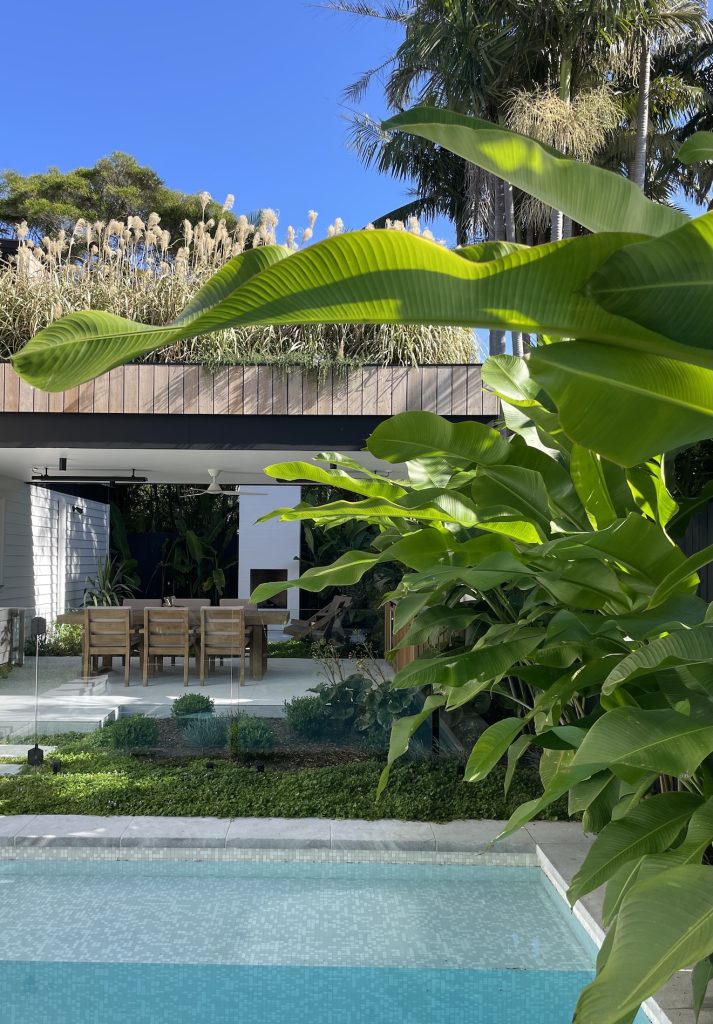
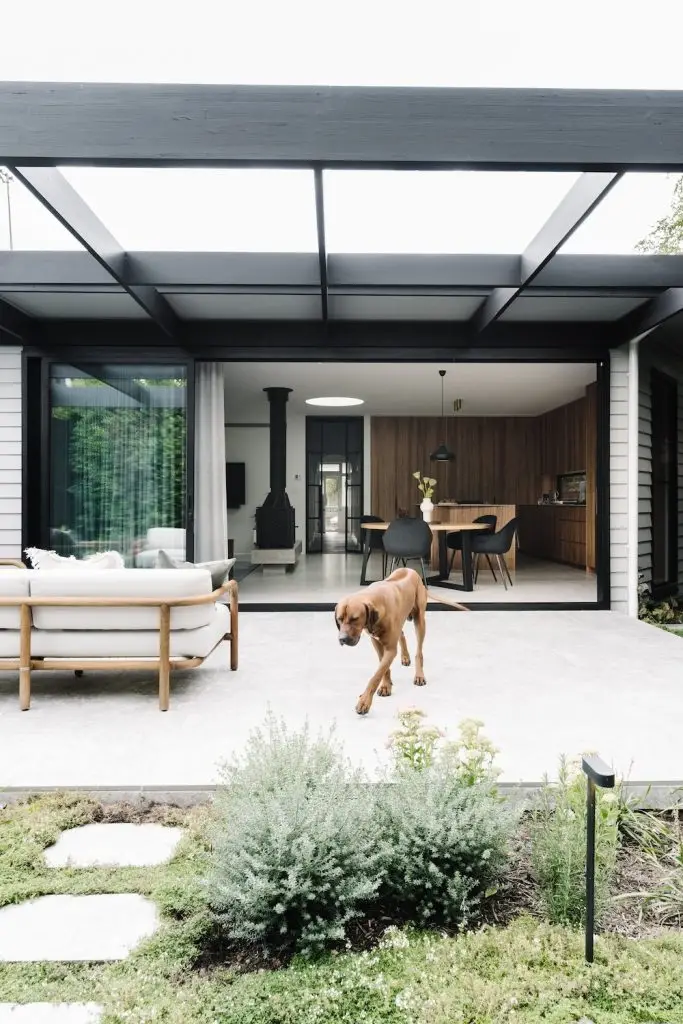
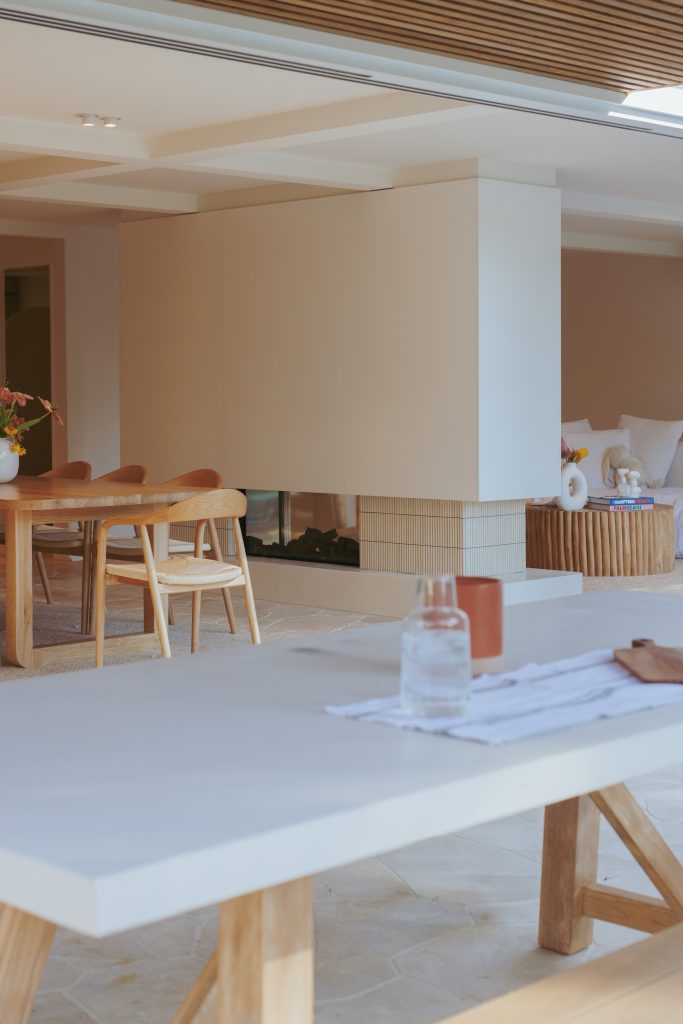
Sustainable and Passive Design
Sustainability is a cornerstone of contemporary home design. Passive principles, energy-efficient materials, and thoughtful orientation reduce environmental impact while enhancing comfort.
Key Features: North-facing living areas, natural ventilation, solar panels, green roofs, and high-performance insulation
Impact: Lowers energy consumption, reduces costs, and supports long-term environmental responsibility
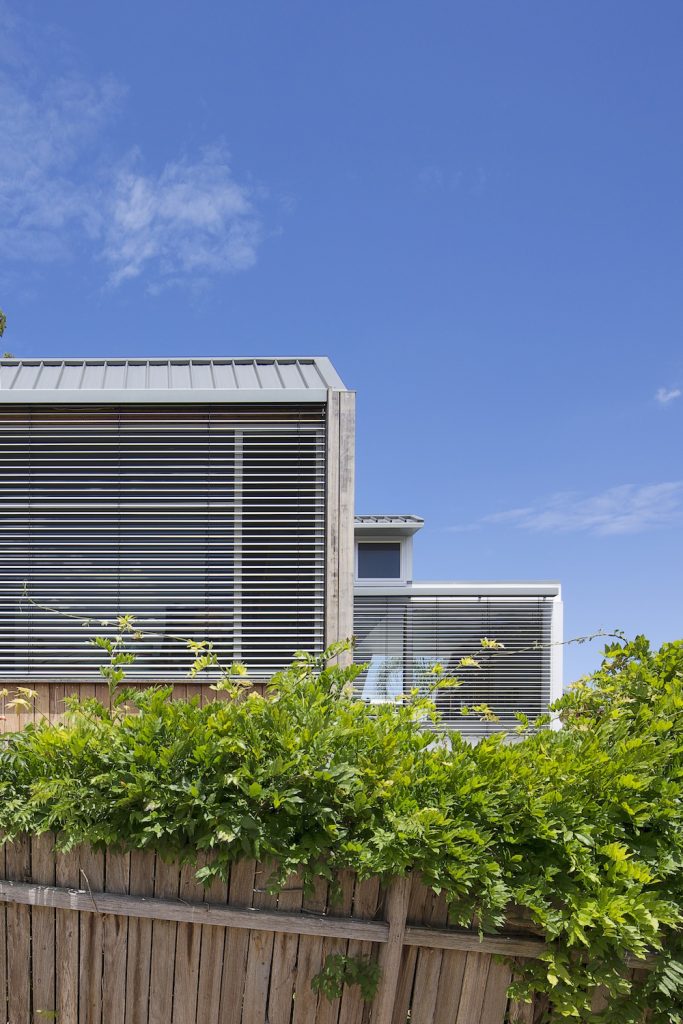
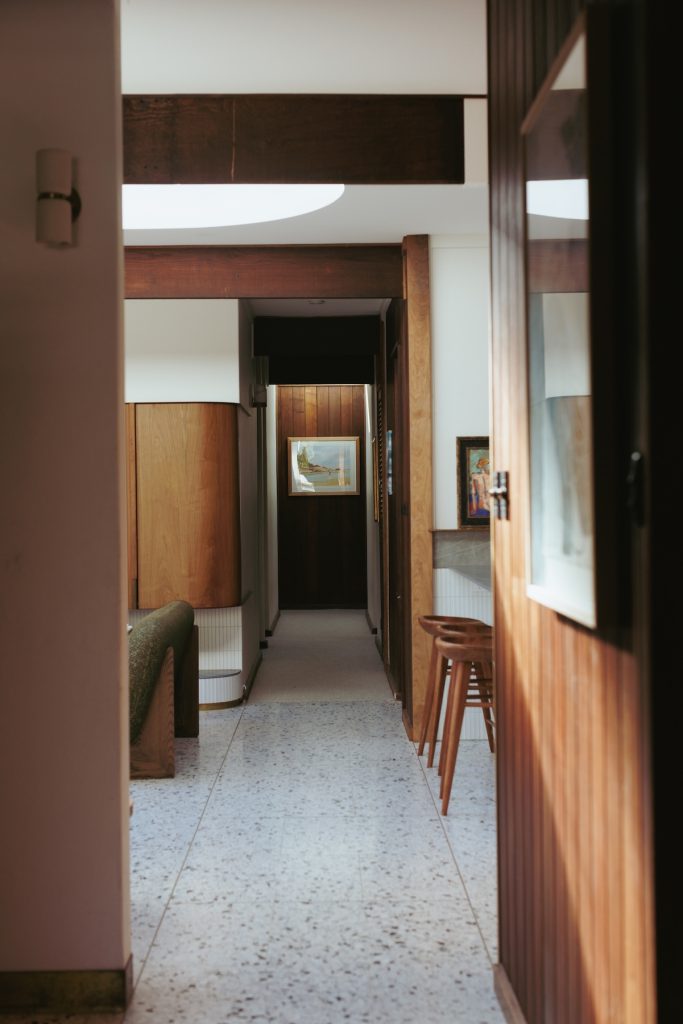
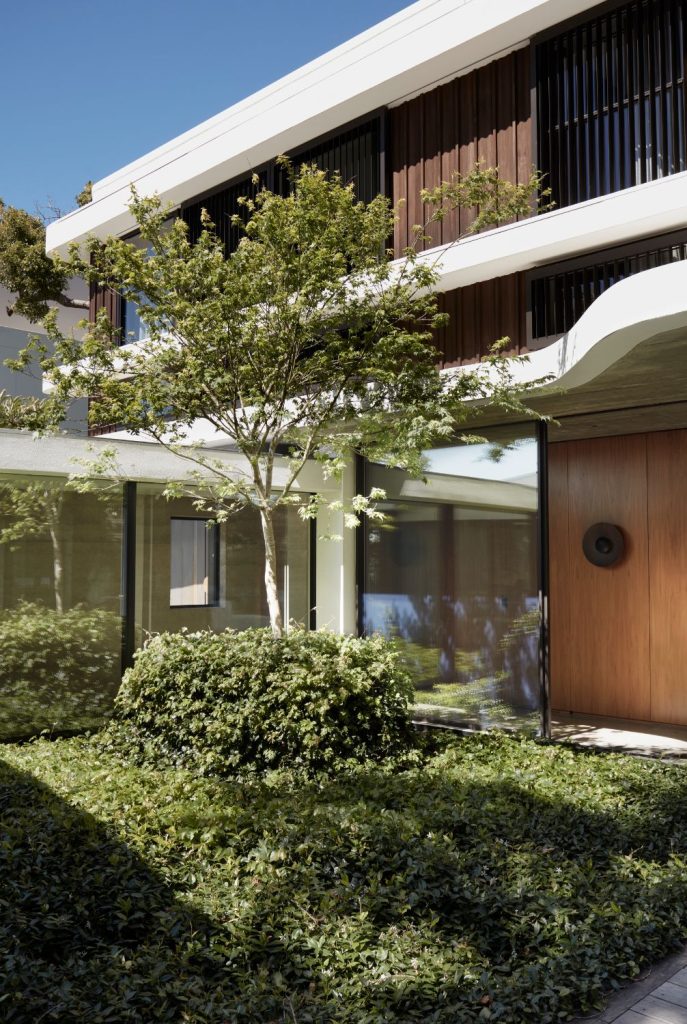
Minimalist Luxury
Modern Australian homes embrace understated elegance. Minimalist design focuses on clean lines, uncluttered spaces, and premium materials, creating a sense of spaciousness and sophistication.
Materials: Timber, stone, steel, and glass are used to create timeless interiors
Design Approach: Concealed storage, neutral palettes, and streamlined cabinetry ensure functionality without compromising style
buck&simple Example: Luxury homes in Rose Bay and Vaucluse exemplify minimalist luxury through their refined finishes and open-plan layouts
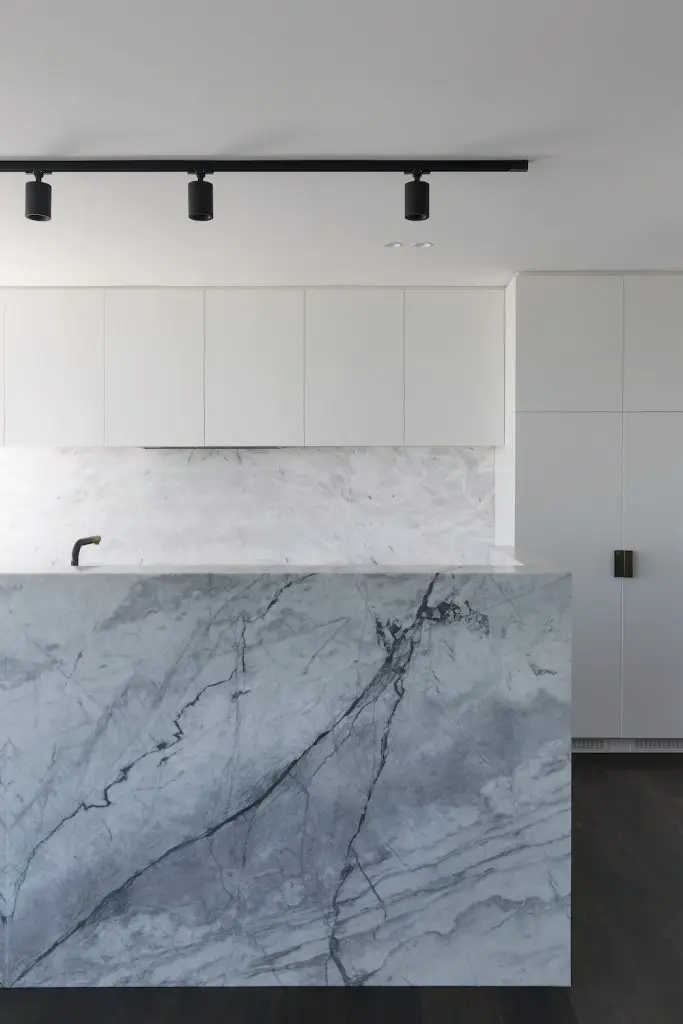
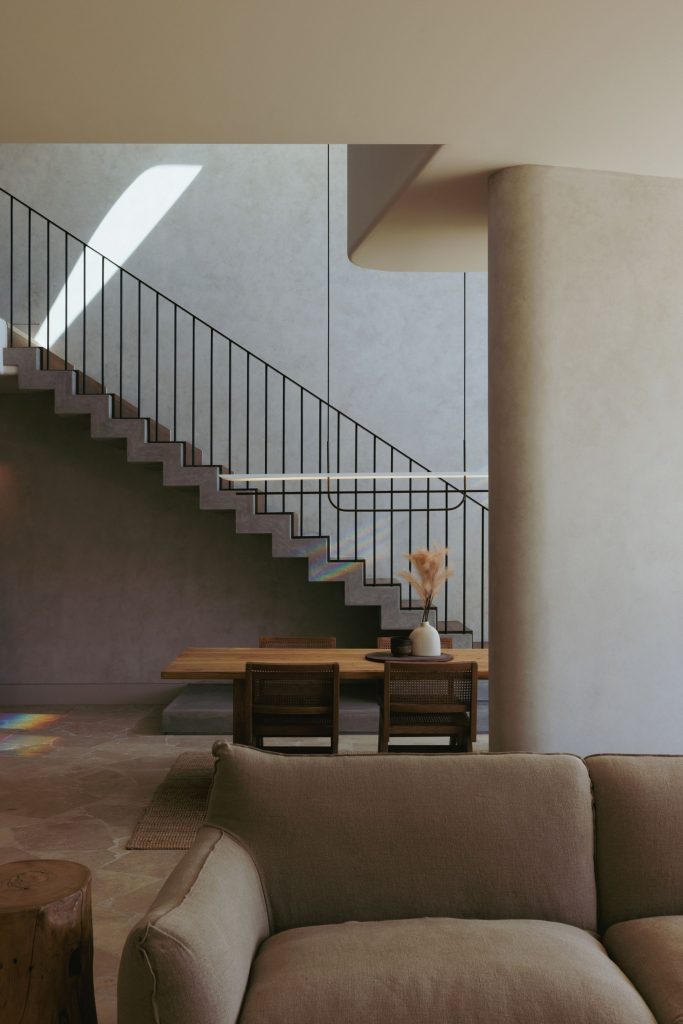
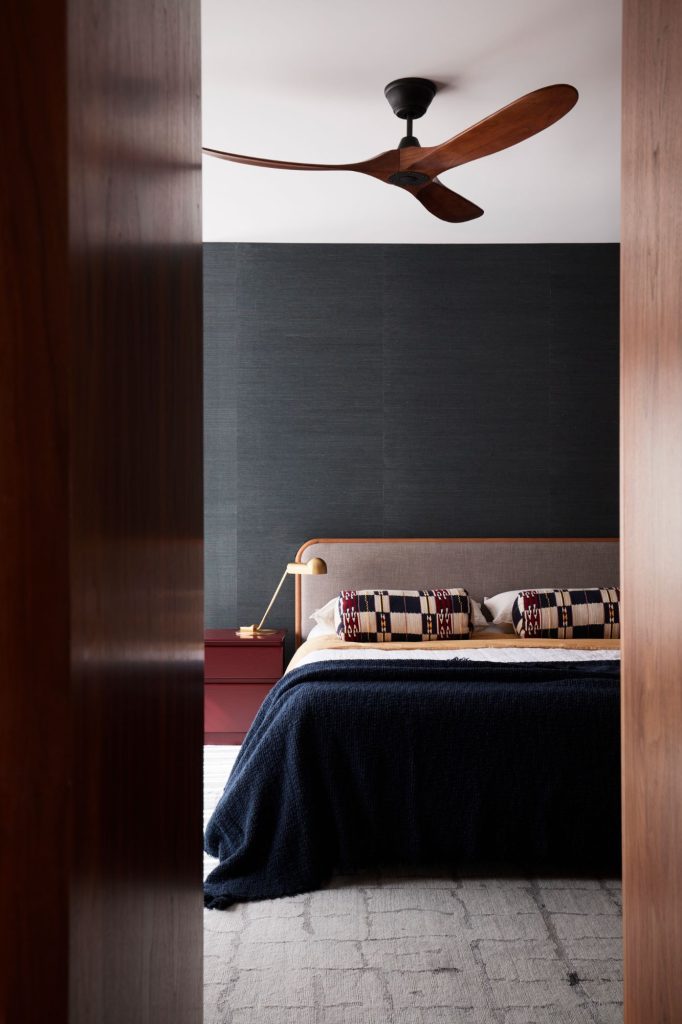
Flexible, Multi-Functional Spaces
Contemporary living requires adaptability. Multi-functional spaces allow homeowners to adjust areas to evolving needs, supporting remote work, guest accommodation, or entertainment.
Implementation: Home offices that double as guest rooms, retractable partitions, or open-plan living areas that adapt to family activities
Why it Works: Flexibility enhances usability, future-proofs homes, and maximises space efficiency
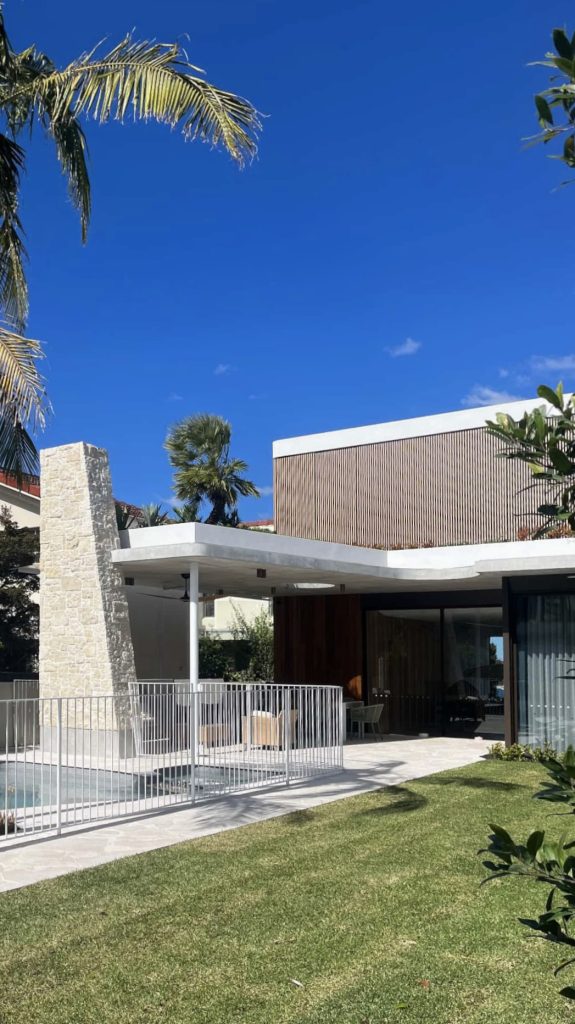
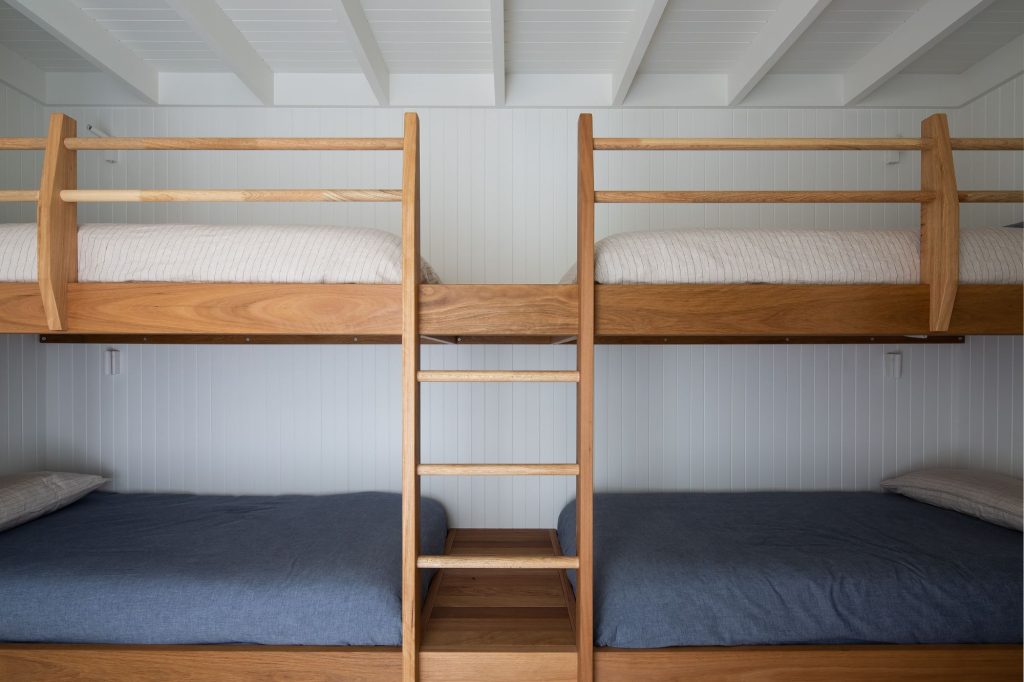
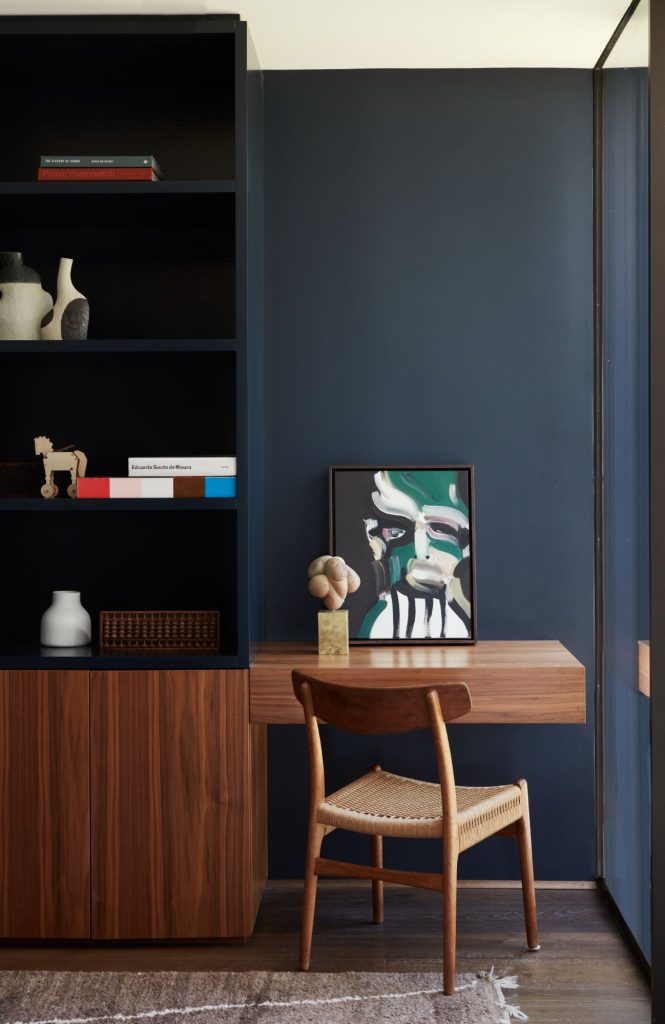
Connection to Nature and Biophilic Design
Biophilic design incorporates natural elements to promote wellbeing and create harmony between the home and its surroundings.
Features: Indoor gardens, courtyards with native landscaping, natural light, water features, and timber accents
Benefits: Improves mental wellness, encourages outdoor interaction, and strengthens the visual connection to the environment
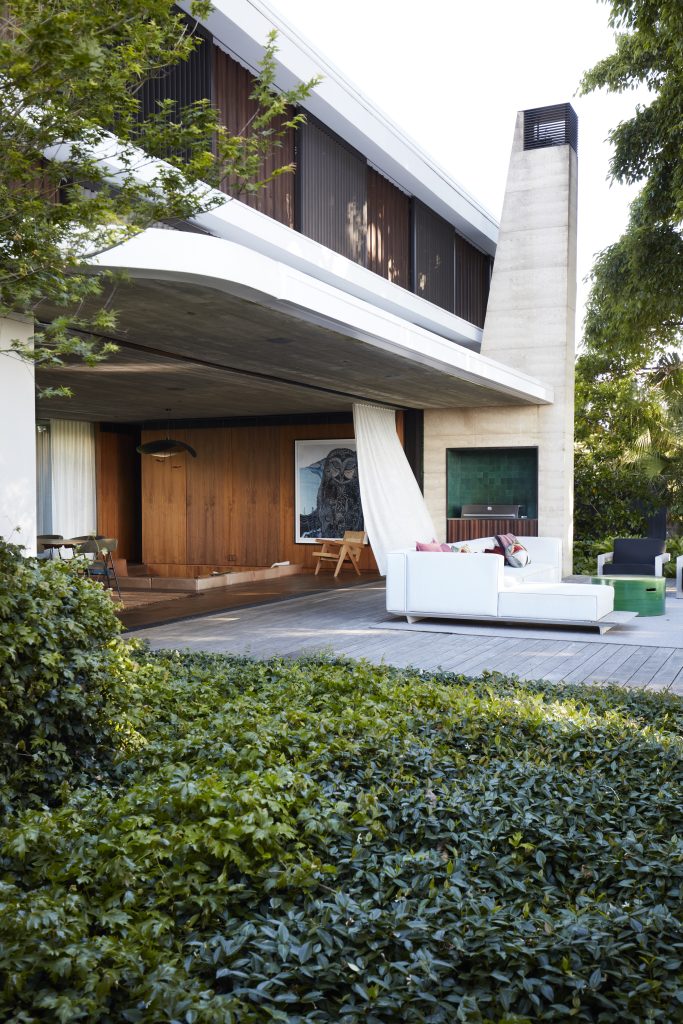
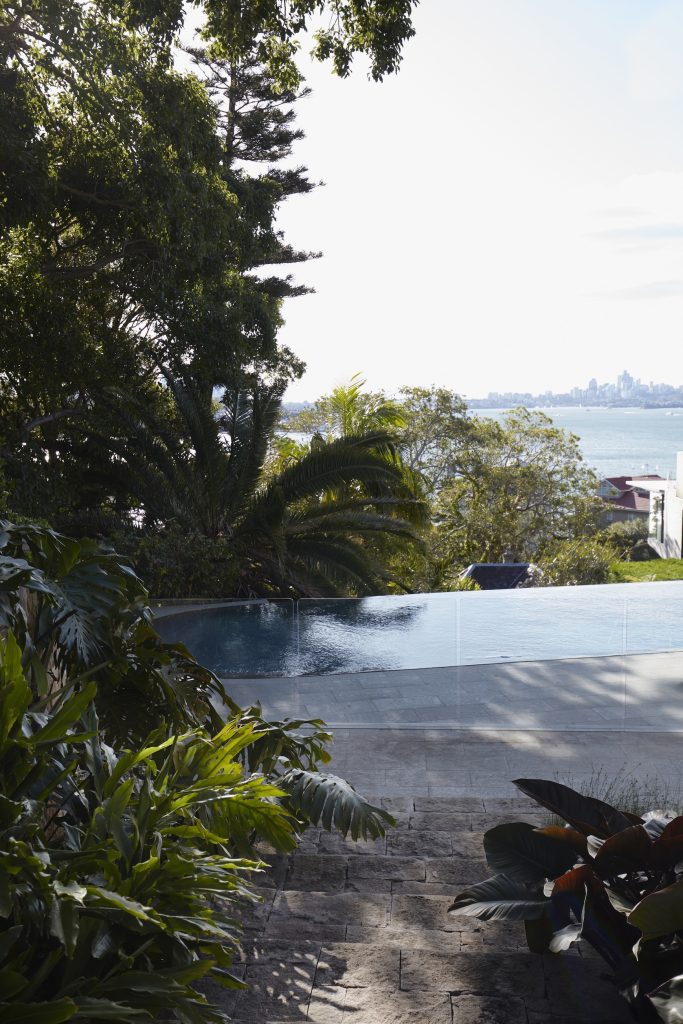
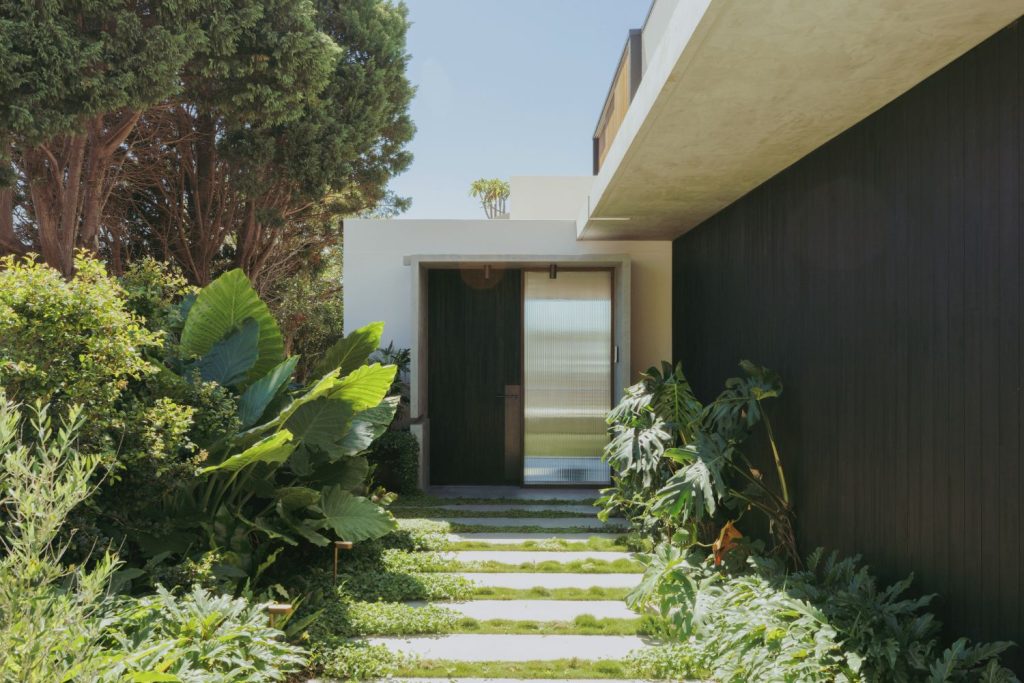
Additional Considerations
When designing modern Australian homes, other key factors include:
- Acoustic Comfort: Ensuring private and quiet spaces in open-plan layouts
- Smart Home Integration: Seamless technology for lighting, climate control, and security
- Durable, Low-Maintenance Materials: Coastal climates require materials that withstand weathering while retaining luxury appeal
Case Studies: buck&simple Homes
- Little Birch, Little Bay, Eastern Suburbs Sydney: Showcases minimalist luxury and premium tactile robust finishes
- Casaballin, Warriewood Northern Beaches: Focuses on sustainable design and passive solar planning
- Casa Figueira, Rose Bay, Eastern Suburbs Sydney: A luxury home that highlights biophilic principles and natural material use
- House Gilliver, Vaucluse: Exemplifies indoor-outdoor integration and coastal views
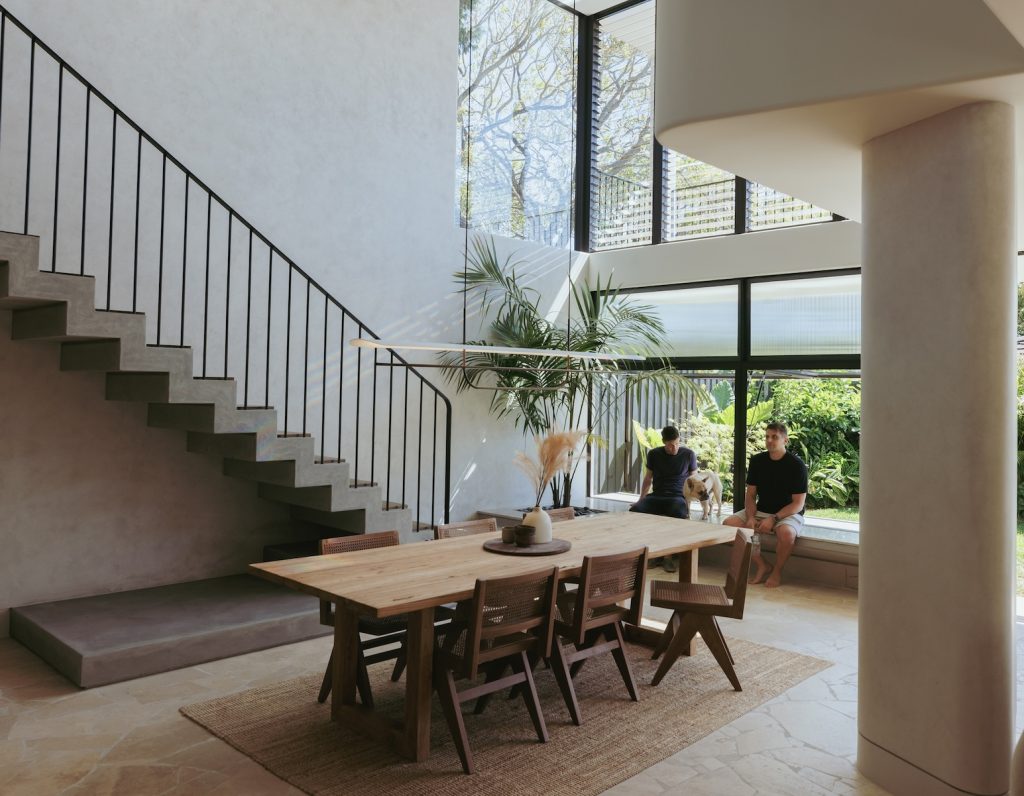
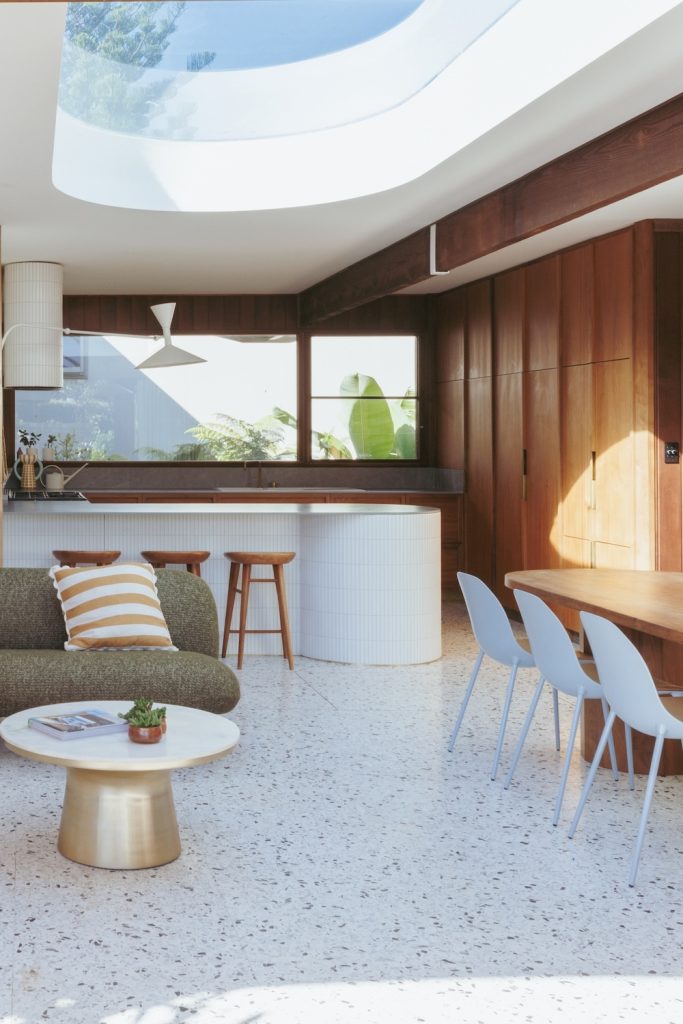


Conclusion
Modern Australian home design balances functionality, elegance, and sustainability. By embracing these five enduring trends, indoor-outdoor integration, sustainable design, minimalist luxury, flexible spaces, and connection to nature, homeowners can create timeless homes that suit contemporary lifestyles and enhance wellbeing.
FAQ
What are the main features of a modern Australian house?
Modern Australian houses often feature open-plan layouts, indoor-outdoor integration, sustainable design, flexible spaces, and a strong connection to nature.
How can I make my house more sustainable?
Sustainable homes use passive design principles, energy-efficient materials, solar orientation, natural ventilation, and water-saving systems. Landscaping and green roofs also contribute to sustainability.
What is biophilic design in houses?
Biophilic design integrates natural elements into homes, such as plants, natural light, timber, water features, and views of nature to improve wellbeing and comfort.
Why is minimalist luxury popular in Australian homes?
Minimalist luxury combines clean lines, uncluttered spaces, and premium materials. It creates a timeless aesthetic that remains functional, sophisticated, and desirable over time.
What are flexible spaces in a modern house?
Flexible spaces are rooms or areas designed for multiple uses, such as a home office that doubles as a guest bedroom, retractable partitions, or living areas that adapt to family needs.
